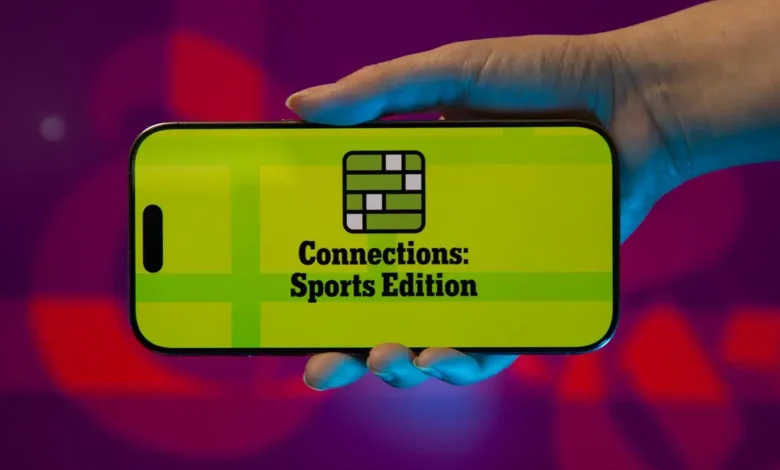Crypto
Unlocking the Power of Connections Hint: A Guide to Building Meaningful Networks and Insights

Introduction
- Introduce the concept of “Connections Hint” in networking and how hints can drive deeper relationships and understanding.
- Briefly discuss why connections are valuable in personal and professional realms.
- Set the stage for the importance of understanding and utilizing “hints” or cues to foster connections.
What is “Connections Hint” and Why Does it Matter?
- Define “” as a nuanced aspect of networking that helps individuals recognize subtle signs or signals that can strengthen connections.
- Explain how recognizing hints can improve one’s ability to build relationships by noticing small details others might miss.
- Discuss the importance of being perceptive and present in understanding these hints to establish genuine connections.
The Psychology Behind Connections and Recognizing Hints
- Explore the psychological elements that make connections meaningful, including trust, empathy, and reciprocity.
- Describe how recognizing hints involves paying attention to non-verbal cues, tone of voice, and shared experiences.
- Explain how the ability to identify and act on hints can help in building rapport and creating long-lasting relationships.
Practical Ways to Identify and Use “Connections Hint”
- Provide techniques for recognizing hints in conversations and social interactions, such as active listening, observing body language, and responding to verbal cues.
- Share actionable advice on how to use these hints in various settings (social, professional, virtual).
- Emphasize the importance of adapting to different personalities and adjusting approaches based on observed hints.
Building Connections in Professional Settings: The Role of Hints
- Explain how “Connections Hint” can be applied in professional networking, meetings, and team collaborations.
- Offer advice on identifying hints in corporate culture, management style, and colleague interactions to improve teamwork.
- Discuss how using hints strategically can enhance professional growth, lead to mentorship opportunities, and increase trust among colleagues.
Connections Hint in Digital Networking and Social Media
- Cover the unique challenges of identifying hints in digital communication, where non-verbal cues are less prominent.
- Provide tips on recognizing subtle hints in online interactions, like tone in written messages, frequency of engagement, and reaction patterns.
- Discuss best practices for nurturing digital relationships using hints, particularly in platforms like LinkedIn, Twitter, and other networking sites.
Leveraging Connections Hint for Personal Relationships
- Explore how “Connections Hint” applies to friendships, family, and romantic relationships.
- Describe how noticing and responding to hints can deepen emotional bonds and enhance mutual understanding in personal relationships.
- Offer examples of hints commonly found in close relationships, like remembering small details or sensing emotional shifts.
The Role of Emotional Intelligence in Understanding Hints
- Define emotional intelligence (EQ) and its importance in recognizing and responding to connections hints.
- Discuss how high EQ individuals can often sense and interpret subtle hints, making them more effective in building connections.
- Offer suggestions for improving one’s emotional intelligence to better utilize connections hints in both personal and professional settings.
The Benefits of Mastering Connections Hint
- Outline the advantages of being skilled at identifying and acting on hints, such as improved communication skills, better relationship satisfaction, and increased social influence.
- Discuss how this skill can contribute to mental well-being by fostering a supportive network of meaningful connections.
- Share success stories or hypothetical scenarios that illustrate the positive outcomes of mastering connections hint.
Challenges and Limitations of Connections Hint
- Acknowledge the difficulties people may face in identifying hints, such as introversion, social anxiety, or a lack of social skills.
- Discuss potential pitfalls, like overanalyzing hints or misinterpreting cues, which can harm relationships.
- Offer guidance on finding a balance between being attentive to hints and maintaining natural interactions.
FAQs About Connections Hint
- What are some common signs that someone is giving a “Connections Hint”?
- How can I improve my ability to notice subtle hints in conversations?
- Is “Connections Hint” only useful in professional settings, or does it help in personal life too?
- What should I do if I’m unsure whether I’m correctly interpreting a hint?
- Can connections hint be developed or is it an innate skill?
you may also read
primebloger.com





